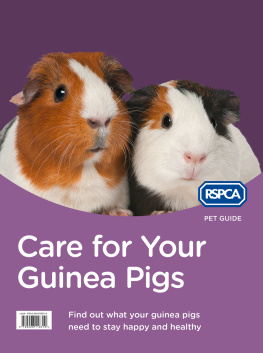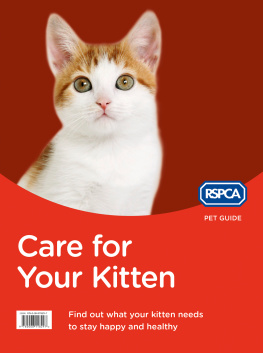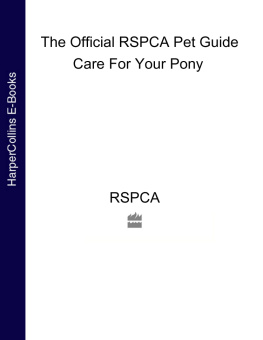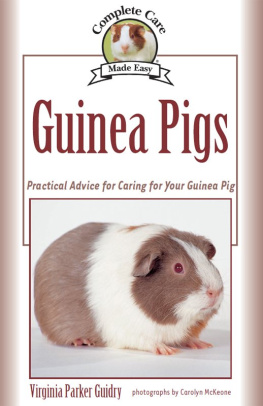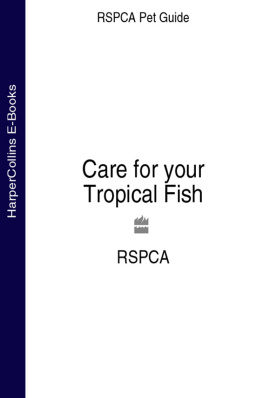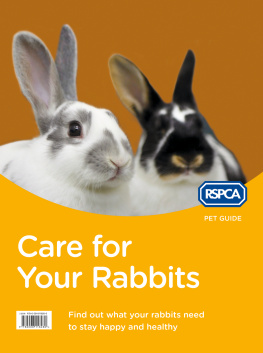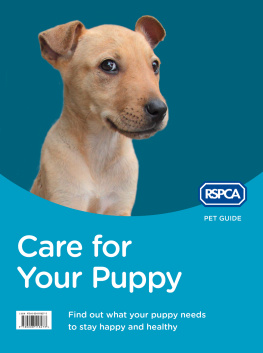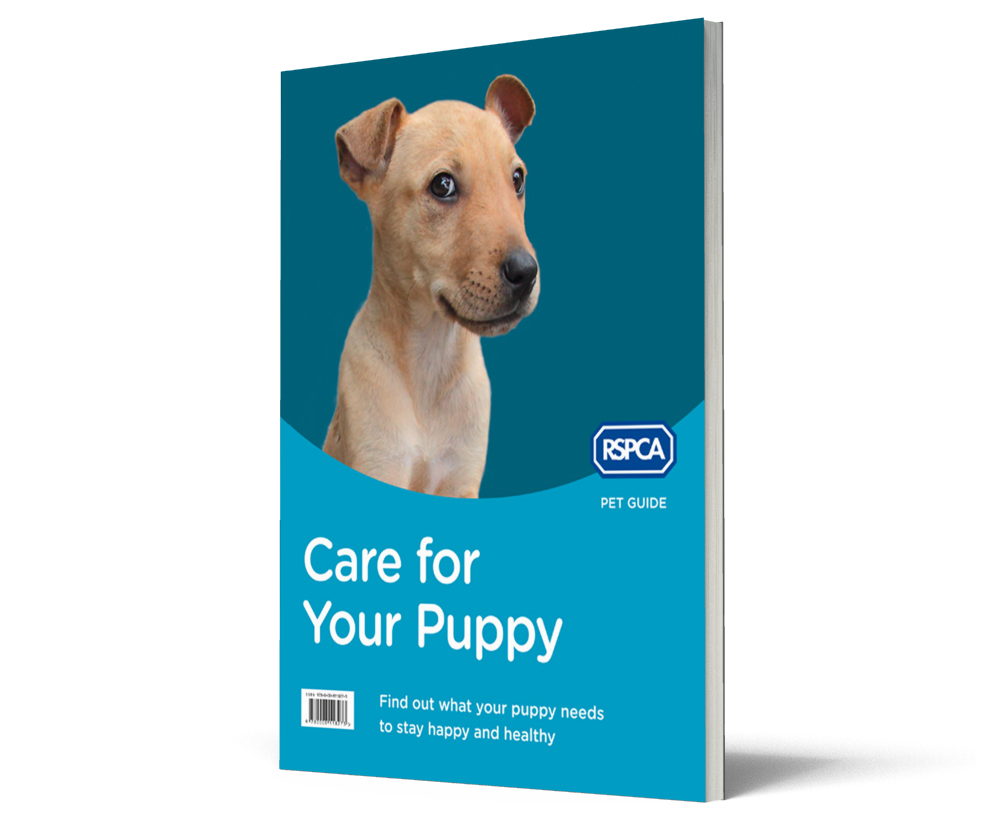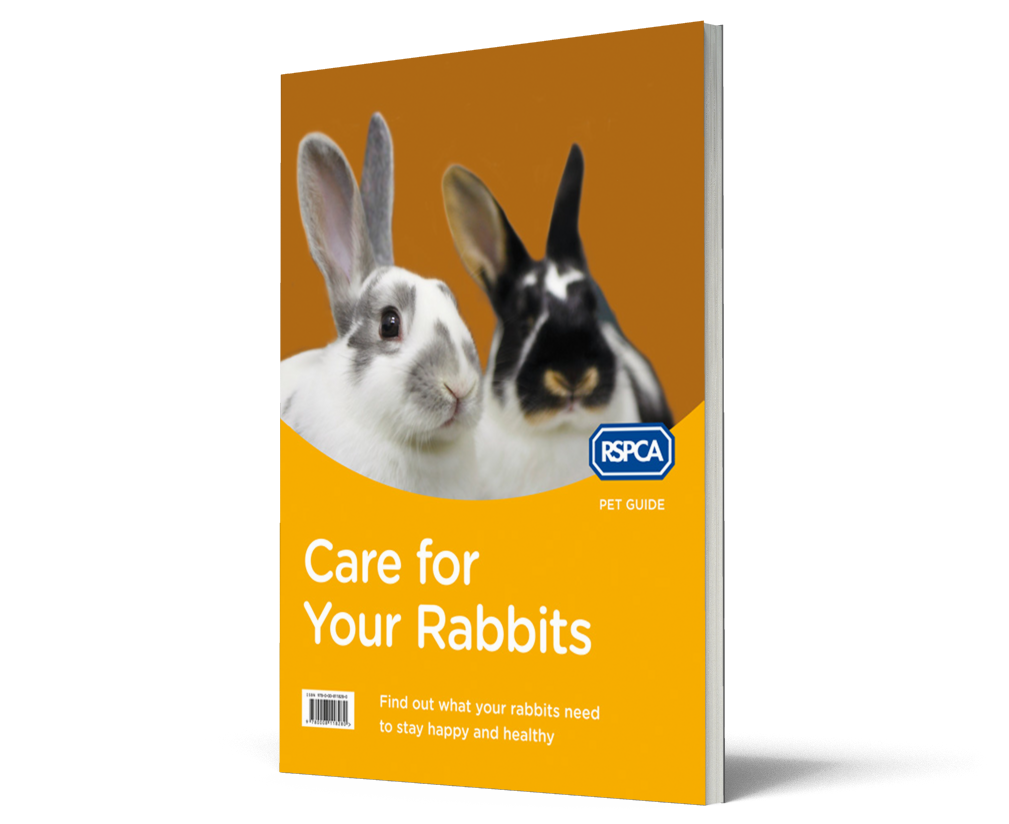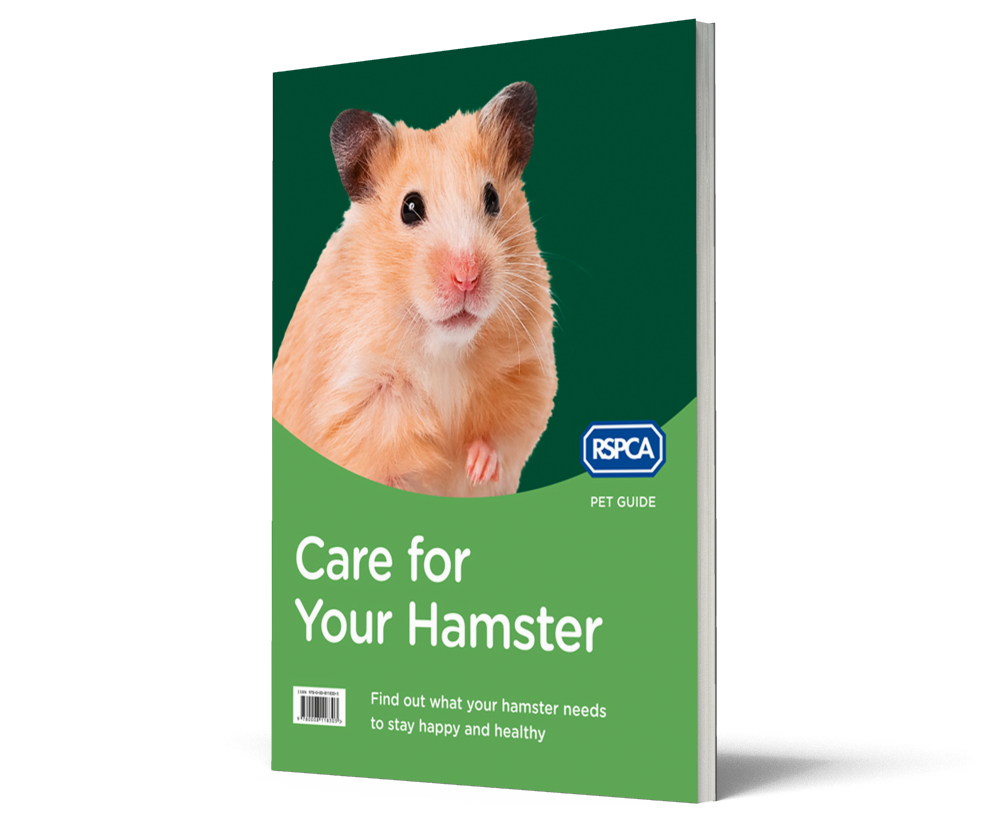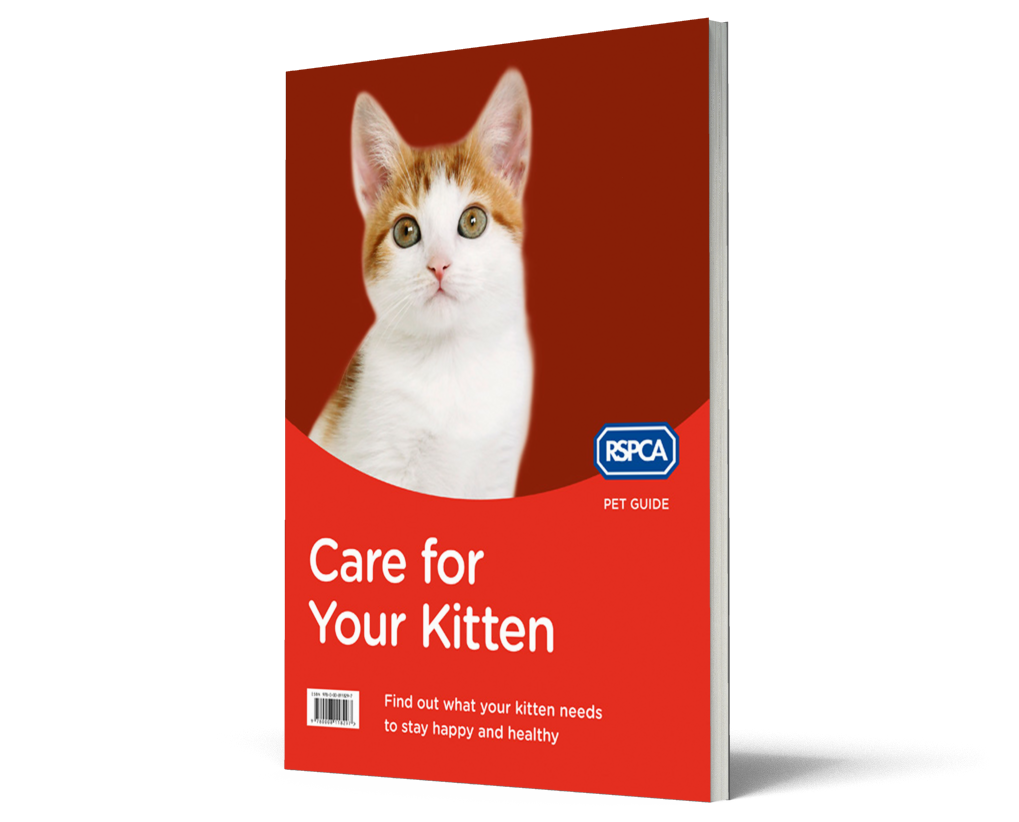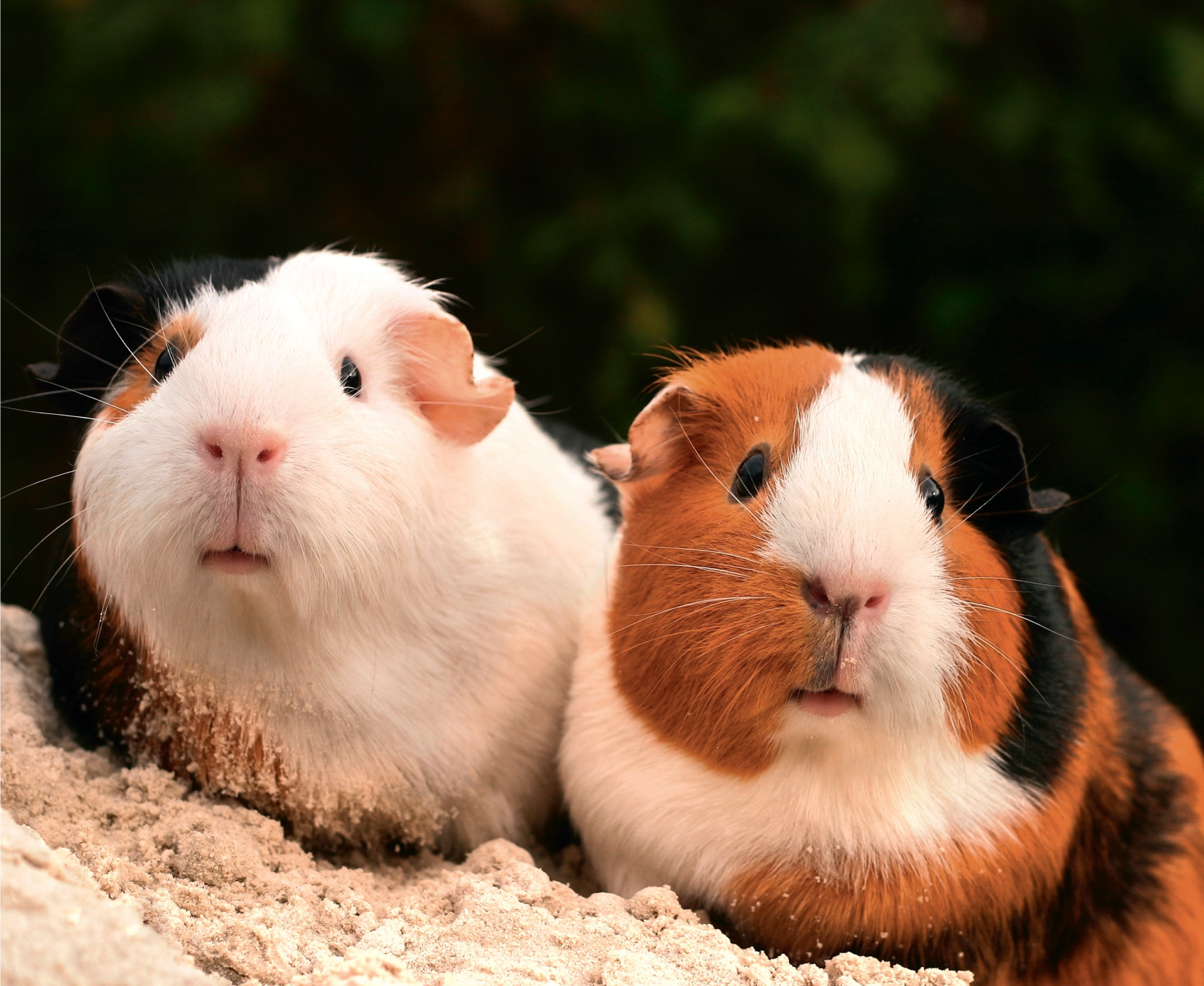Contents
Learn more about other popular pets with these bestselling RSPCA pet guides
Tap the cover to buy now.
Tap the cover to buy now.
Tap the cover to buy now.
Tap the cover to buy now.
E. Spek/shutterstock.com
If you are certain that you will be able to care for guinea pigs, the next stage is to do plenty of research to decide which type of guinea pig is right for you. If you are uncertain about anything to do with guinea pigs or their care, before or after you get your pets, remember that you can always seek expert advice from your vet, a suitable behaviour expert or rehoming organization that specializes in guinea pigs see for more details.
Age
If you have decided that baby guinea pigs, or pups, are suitable for your family and lifestyle, you will need to make sure that, as well as being happy and healthy, they have been weaned and are ready to leave their mother. Weaning is usually complete by around 3 weeks, but baby guinea pigs should be at least 4 weeks old before leaving their mother so that they have had time to learn from her about feeding and to become confident and stronger.
Sex
Personal taste apart, there is little significance in the choice between male and female guinea pigs. If you are keeping mixed sexes, it is advisable to have males neutered to minimize the risk of unwanted pregnancies neutering is uncommon for females as it is a complicated procedure. Speak to your vet for detailed advice about neutering and when to do it.
Size
Guinea pigs vary in size and shape, but all of them need plenty of space to run about in. If you are choosing from a litter of pups, it is easy to overlook how big the guinea pigs may get, but it is important to remember that, as they should be kept in pairs or a group, they will need a spacious home. Think very carefully, therefore, about whether you will have the space they need to be happy and healthy. A general guide to types of guinea pig, with examples, can be found on the next page.
Health
Whatever type of guinea pig youre thinking of getting, its important to find out what health, behaviour and physical issues they may be prone to developing. As well as causing pain and suffering to your guinea pigs, this may also mean expensive bills for veterinary treatment and it may be more difficult to keep them happy and healthy. Knowing which types of guinea pig tend to have fewer problems will give you the best chance of getting happy, healthy pets.
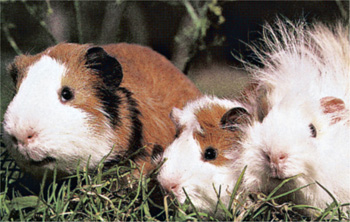
Take time to select the right guinea pigs. Doing lots of research before you buy will help you to pick healthy animals.
Becky Murray/RSPCA; Eric Isselee/shutterstock.com
LEFT TO RIGHT: English; Abyssinian; Peruvian; Hairless.
Guinea pigs originated in South America and it is thought that they were first domesticated several thousand years ago. There are many varieties of guinea pig, or cavies as they are sometimes called. Three standard breeds were originally recognized: the English, which has a smooth, short coat; the Abyssinian, which has a rosetted or rough coat; and the long-haired Peruvian. Many more breeds and varieties now exist, and you will find guinea pigs with different-coloured coats and types of fur.
Some people may like a particular type of guinea pig because of their looks. Keep in mind, however, that you need to look beyond these generalizations, as every guinea pig has their own unique character and temperament. The way they behave will depend upon how they are reared, cared for and treated.
Coat and colours
Guinea pigs have different coat types: smooth, satin, rough, long or hairless. They also have hair in many different coat colours, including white, red, tan, brown, chocolate, cream, golden beige, lilac and black. Some guinea pigs, called bi-colours, have coats in blocks of two colours. Guinea pigs with coats in three blocks of colour are known as tri-colours. Some have patterns, such as the Dalmatian, with its white coat and black spots. The Himalayan has white fur, with black or brown ears, nose and feet.
Smooth-haired
Smooth-haired guinea pigs have short, smooth, straight hair. Smooth-haired guinea pigs that are a single colour are called selfs. Some smooth-haired guinea pigs have bi- or tri-coloured coats. Varieties of smooth-haired guinea pigs include the English or American.
Top Tip
Whatever type of guinea pigs you choose, remember that they should not be kept with other animals, including rabbits, because their needs and diet are completely different.
Rough-haired
These varieties include the Abyssinian, which has short, coarse hair in whorls or rosettes. Rex guinea pigs tend to have shorter coats with dense, rough fur they look quite similar to the Teddy, which has short, coarse, thick hair, but Rexes tend to have crinkled whiskers, whereas the Teddys whiskers are usually straight.
Long-haired
Peruvian guinea pigs have fine hair that grows very long and if it is not trimmed will trail on the ground. This may not be obvious when they are babies, so it is an easy thing to overlook when you are buying your pets. The Texel guinea pig has long hair in ringlets and curls all over the body that is very thick and needs particularly careful grooming. Long-haired guinea pigs are probably not the best choice for inexperienced owners or those with very busy lifestyles, because while all guinea pigs need regular grooming, those with long-haired coats need considerably more care and attention and it can be very difficult to tell the condition of the guinea pig underneath all the hair.
Hairless
The Baldwin guinea pig is born with hair but becomes totally bald at the time of weaning. The Skinny pig is hairless except for the head and lower legs. These guinea pigs are susceptible to the cold and also at risk of sunburn, so are not recommended for inexperienced owners.
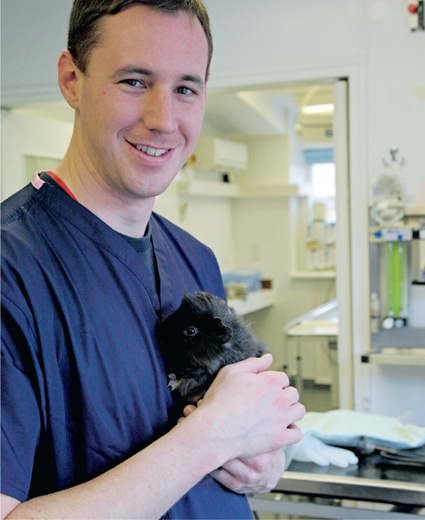
kerstiny/shutterstock.com
Make sure that your new guinea pigs are healthy.

